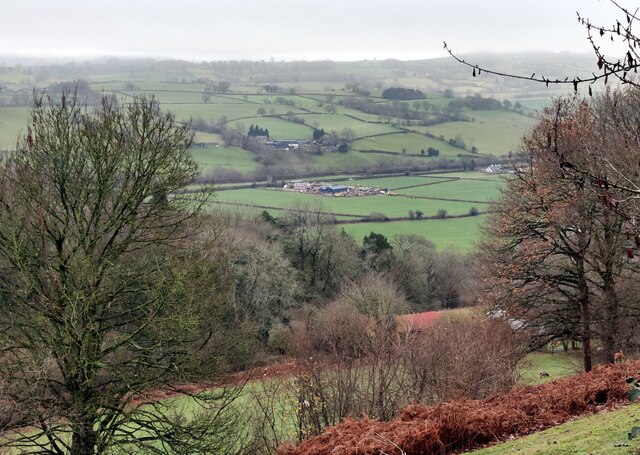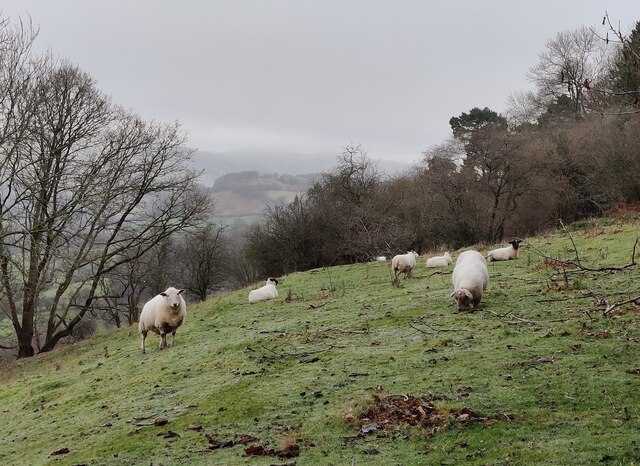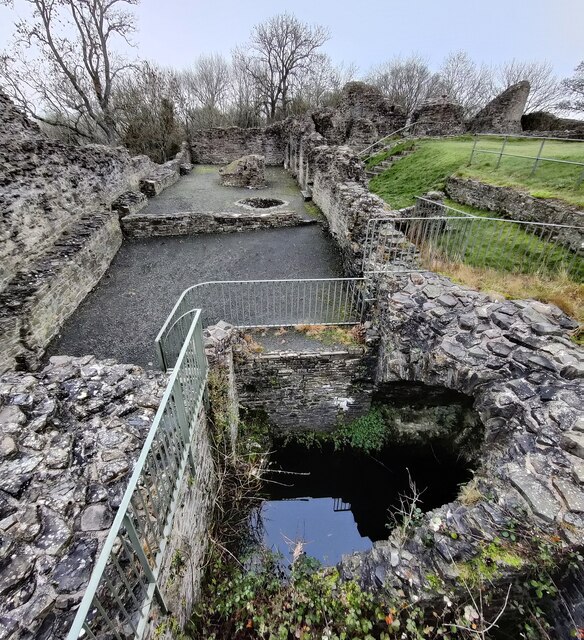Court Wood
Wood, Forest in Montgomeryshire
Wales
Court Wood
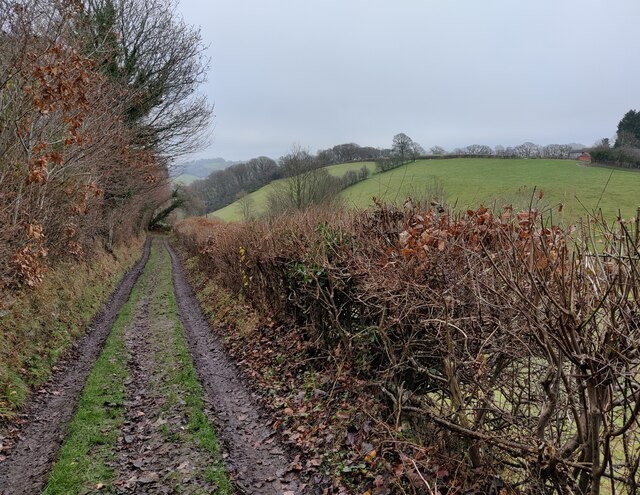
Court Wood is a picturesque woodland located in Montgomeryshire, Wales. Covering an area of approximately 100 acres, the wood is a mix of ancient oak, beech, and birch trees, creating a diverse and rich ecosystem. The wood is known for its tranquil atmosphere and is a popular destination for nature lovers, hikers, and bird watchers.
Court Wood is home to a variety of wildlife, including deer, squirrels, and a wide range of bird species. The wood is also a designated Site of Special Scientific Interest (SSSI) due to its important conservation value and unique flora and fauna.
Visitors to Court Wood can enjoy peaceful walks along the winding trails that meander through the trees, offering stunning views of the surrounding countryside. There are also designated picnic areas and benches where visitors can relax and take in the natural beauty of the wood.
Overall, Court Wood is a hidden gem in Montgomeryshire, offering a peaceful retreat for those looking to connect with nature and escape the hustle and bustle of everyday life.
If you have any feedback on the listing, please let us know in the comments section below.
Court Wood Images
Images are sourced within 2km of 52.539784/-3.2322333 or Grid Reference SO1694. Thanks to Geograph Open Source API. All images are credited.
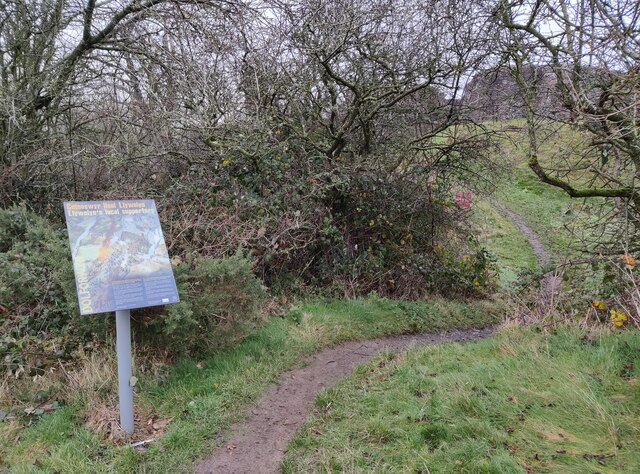
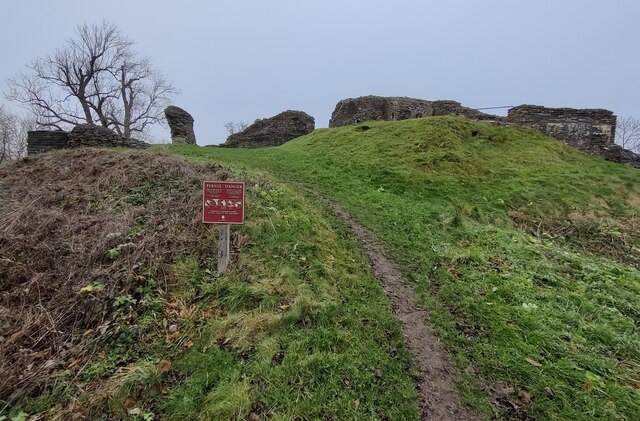
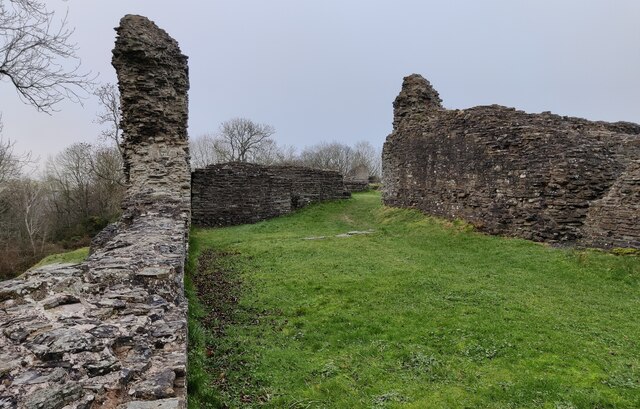
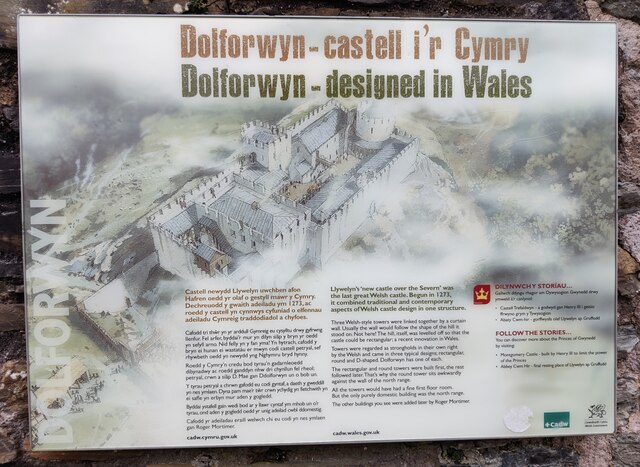
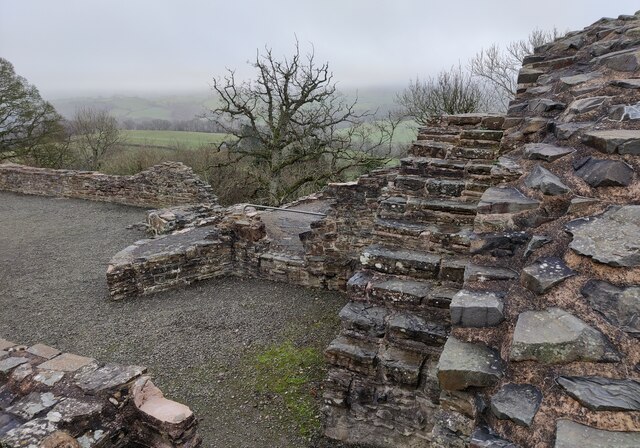
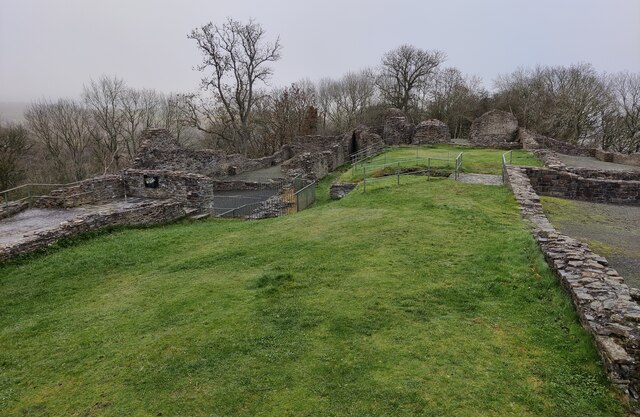
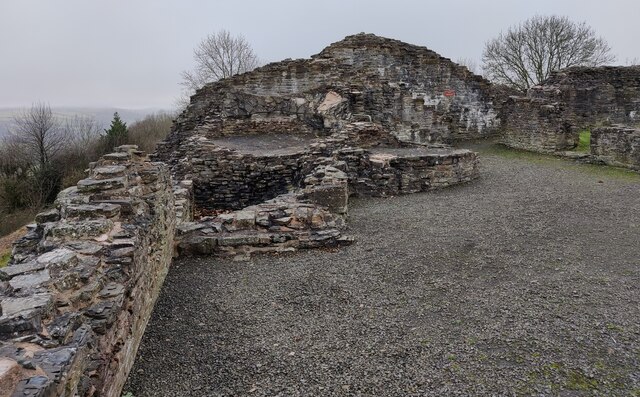
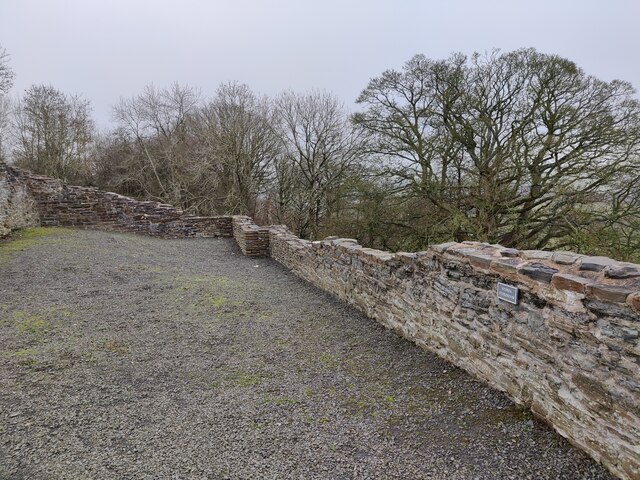
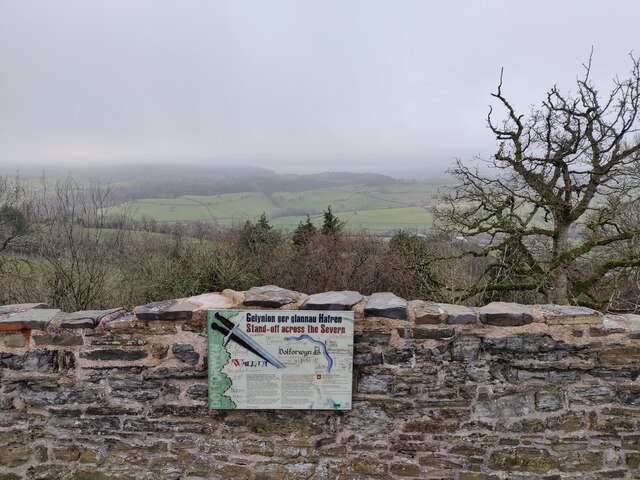
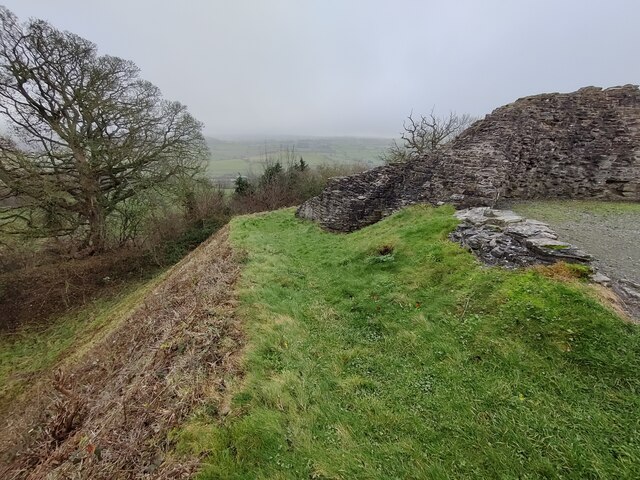
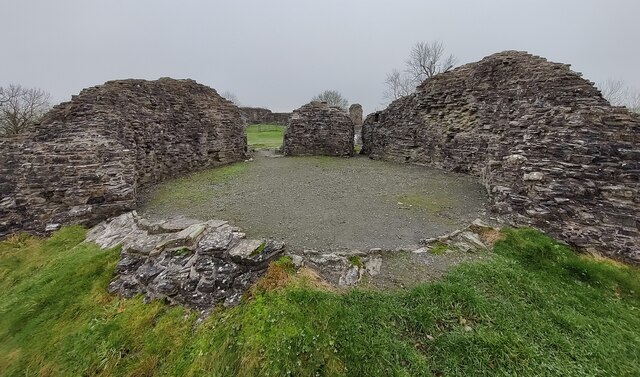
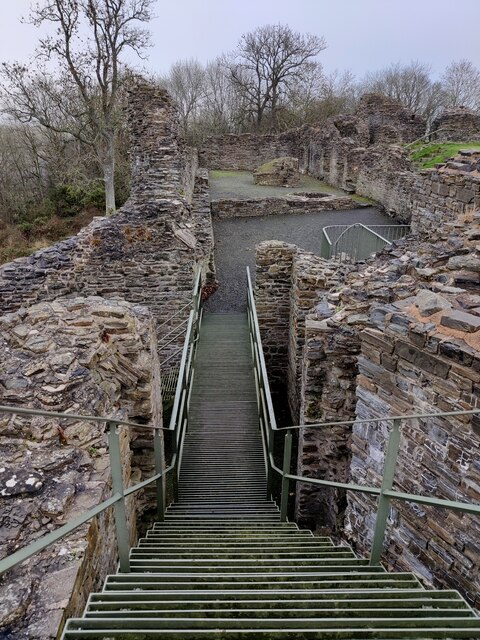
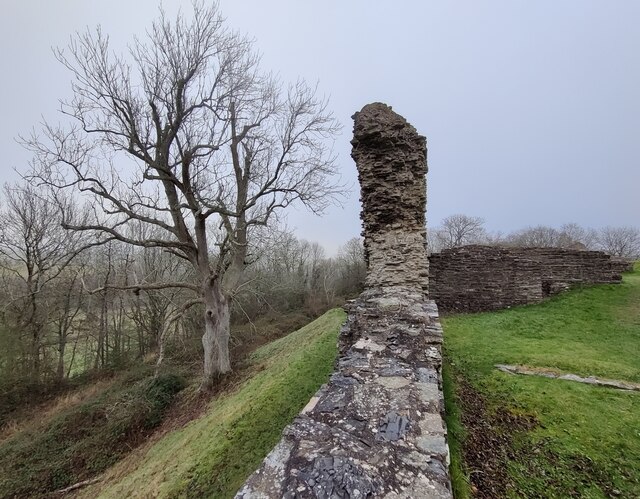
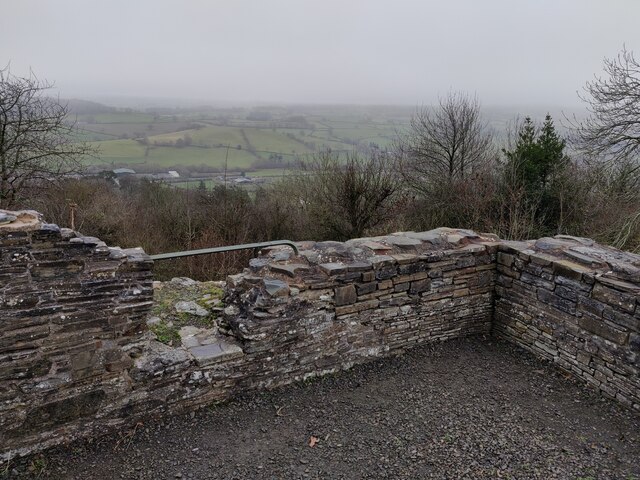
Court Wood is located at Grid Ref: SO1694 (Lat: 52.539784, Lng: -3.2322333)
Unitary Authority: Powys
Police Authority: Dyfed Powys
What 3 Words
///giant.motor.expectant. Near Newtown, Powys
Nearby Locations
Related Wikis
Abermule railway station
Abermule railway station served the village of Abermule (Abermiwl in Welsh) in Wales. Served by the Oswestry and Newtown railway, it was situated on the...
Abermule train collision
The Abermule train collision was a head-on collision which occurred at Abermule, Montgomeryshire, Wales on Wednesday 26 January 1921, killing 17 people...
Abermule
Abermule (Welsh: Aber-miwl) is a village lying on the River Severn 6 km (4 miles) northeast of Newtown in Powys, mid Wales. The A483 Swansea to Chester...
Fronfraith Hall
Fronfraith Hall is a mid-Victorian house in the historic parish of Llandyssil in the shire area of Montgomeryshire in Powys. Fronfraith also appears in...
Nearby Amenities
Located within 500m of 52.539784,-3.2322333Have you been to Court Wood?
Leave your review of Court Wood below (or comments, questions and feedback).
